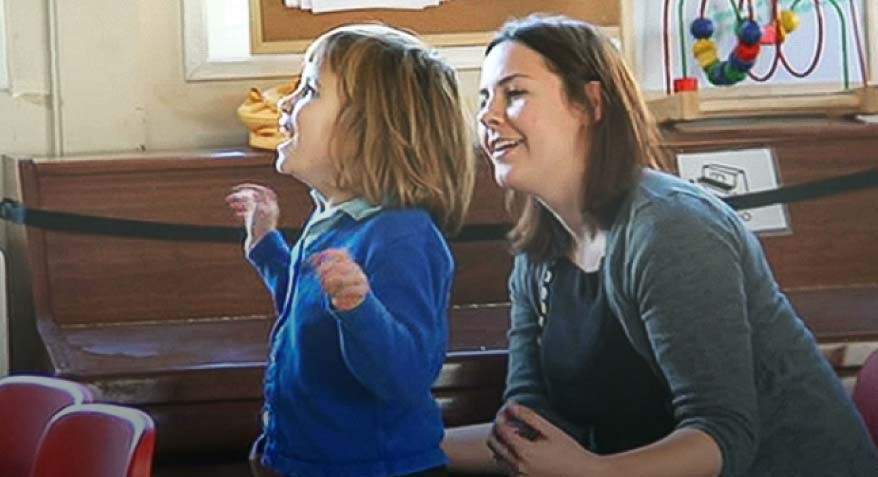Repetitive and Stereotyped Behaviour
Repetitive and stereotyped behaviours are commonly reported in individuals with intellectual disabilities; however, research has shown that there are some repetitive behaviours that are more common in certain syndromes than in others.
A range of repetitive behaviours are common in Cri du Chat syndrome.
Parents describe some of these in the short film below.
Studies show that around 7 out of 10 individuals with Cri du Chat syndrome show stereotyped behaviours (e.g., hand flapping) on a daily basis. Hannah engages in stereotyped behaviour in the clip at the top of the page.
Object stereotypy is very common in Cri du Chat syndrome (repetitive movement of objects such as twiddling, twirling and banging). It has been suggested that rocking is also common in Cri du Chat syndrome.
Attachment to Objects in Cri du Chat Syndrome
A specific form of repetitive behaviour that is reported in Cri du Chat syndrome is a strong preference for, or attachment to, particular objects. Research shows that nearly 7 out of 10 children and adults with Cri du Chat syndrome show this behaviour.
Parents have described the types of objects that individuals with Cri du Chat syndrome are attached to. These include stones, small net bags used for the washing machine, toothbrushes and other unusual objects.
Attachment to objects appears to be highly characteristic of Cri du Chat syndrome and occurs far less often in other syndrome groups or other individuals with intellectual disability who do not have a genetic syndrome.
Attachment to objects in Cri du Chat syndrome is different to attachment to objects in autism spectrum disorder because it is usually focused on one specific item, rather than a class of items, and the item may change over time. This behaviour seems to decrease with age.
Further Information
Visit the repetitive behaviour overview page in our key topics section and select 'repetitive behaviour from the drop down menu'.
CLICK AND DOWNLOAD
For more information on repetitive behaviour, its causes and how to manage it, download: CdC Repetitive Behaviour accessible summary
Download an original research article about repetitive behaviour below: Moss et al. (2009) Repetitive behaviour in genetic syndromes.




